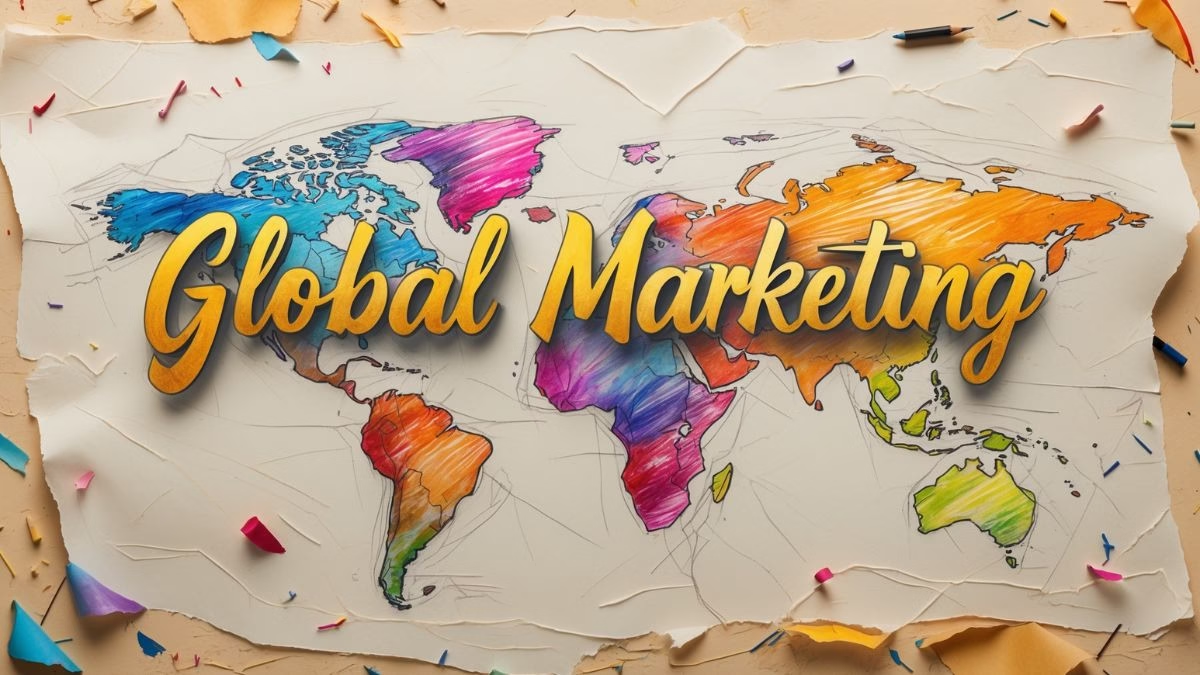Introduction
Welcome to the global marketplace! In today’s interconnected world, a successful marketing strategy rarely stops at the border. Businesses that thrive are those that can think, speak, and act globally. But entering new international markets is more than just translating your website; it requires a deep understanding of strategy, culture, and the specific, powerful vocabulary that brings those ideas to life.
This quiz is designed for ambitious professionals who want to master the language of global marketing. It’s not just a test of what you know; it’s an interactive learning experience that will help you:
Build a High-Impact Vocabulary: Learn the precise terms that marketing leaders use to discuss strategy, analyze markets, and drive growth.
Understand Complex Concepts in Context: See how key marketing terms are applied in realistic, international business scenarios.
Communicate with Clarity and Confidence: Gain the ability to articulate your strategic ideas with the authority and precision of a seasoned professional.
Think More Strategically: Engaging with these concepts will sharpen your own understanding of what it takes to build a successful global brand.
Each question drops you into a real-world marketing challenge. The options will make you think critically, the hints will guide you toward the strategic mindset, and the feedback will provide a mini-lesson on each concept. This is your training ground for the global stage.
Are you ready to unlock the vocabulary of global marketing and prove you have what it takes to think bigger? Let’s get started.
Quiz Content Audio
Learning Quiz
This is a learning quiz from English Plus Podcast, in which, you will be able to learn from your mistakes as much as you will learn from the answers you get right because we have added feedback for every single option in the quiz, and to help you choose the right answer if you’re not sure, there are also hints for every single option for every question. So, there’s learning all around this quiz, you can hardly call it quiz anymore! It’s a learning quiz from English Plus Podcast.
Speaking the Language of Global Marketing
Hello and welcome! If you’ve just worked your way through the quiz, you’ve wrestled with some of the most important and powerful vocabulary in modern business. These aren’t just buzzwords; they are the essential building blocks of strategy. Understanding them is key to thinking, planning, and communicating like a world-class marketer. So, let’s unpack some of these concepts and see how they all fit together.
Imagine we are the marketing team for a new, innovative tech gadget. Our goal is to take it global. Where do we even begin?
Our first step is internal. We’d start with a SWOT analysis to get a clear picture of where we stand. What are our Strengths—perhaps a unique patent? What are our Weaknesses—maybe a small budget? Then we look externally. What are the Opportunities—a growing market for our type of gadget in Europe? And what are the Threats—a new competitor or changing regulations? This simple framework gives us a 360-degree view of the landscape.
Now, we need to decide who we’re selling to. We can’t sell to everyone. So, we perform customer segmentation. We slice up the vast potential market into manageable pieces. We might have one segment of young, tech-savvy urbanites, and another of business professionals. Each segment has different needs and speaks a different language.
Once we know who we’re talking to, we have to decide what we want to say. What is our core promise? This is our value proposition. For our gadget, maybe it’s “The only device that syncs all your data securely in one place.” It’s a clear promise that solves a problem and sets us apart. This value proposition then informs our brand positioning. We want our customers to see our brand not just as a gadget, but as a symbol of security and efficiency.
With our core strategy in place, we look at the global markets. We can’t just use the same ads and messages everywhere. This is where glocalization comes in. For the US market, our ads might be bold and direct. But for the Japanese market, we need to appreciate the cultural nuance. Our ads there might need to be more subtle, focusing on harmony and group benefits. This adaptation is key to global success.
How do we actually enter these markets? We might pursue a market penetration strategy in our home country, using aggressive pricing to grab a larger market share. But what about a brand-new market, like wellness technology, where there are no clear competitors? Here we could use a blue ocean strategy, creating an entirely new product category—like a wellness gadget that tracks mental focus—to make the competition irrelevant. Or perhaps we see an existing industry, like traditional watches, that is ripe for a complete overhaul. We could aim for disruptive innovation, launching a smartwatch that completely changes how people think about timekeeping.
To get the word out, we’ll need a smart marketing mix. We can’t afford a Super Bowl ad, so we’ll need to be clever. We can leverage our CEO’s expertise by publishing articles and hosting webinars, establishing us as a thought leader. We could pursue a cross-promotion with a popular productivity software, offering a bundled deal. We can also get our product featured in a popular tech-focused TV show, a classic form of product placement.
Our digital strategy needs to be seamless. We’ll adopt an omnichannel approach. Whether a customer discovers us on Instagram, reads a review on a blog, visits our website on their laptop, or uses our app on their phone, the experience must be consistent and connected. We’ll use data to drive hyper-personalization, so the messages each user sees are incredibly relevant to them. And our main goal on the website is to get people to sign up for a free demo. The percentage of visitors who do so is our conversion rate, the key metric we’ll obsess over. We’ll use an agile marketing methodology, running dozens of small ad campaigns, checking the data daily, and instantly shifting our budget to what works.
Over time, if we do all of this right, we build our most valuable asset: brand equity. This is that magical, intangible quality that makes people trust our name and choose our product over others, even if it costs a little more. It’s the sum of all the smart, strategic decisions we’ve made along the way.
As you can see, none of these terms exist in a vacuum. They are all interconnected parts of a complex, exciting machine. From the high-level SWOT analysis to the granular conversion rate, this is the language of modern global marketing. Mastering it empowers you to not just participate in the conversation, but to lead it.











0 Comments